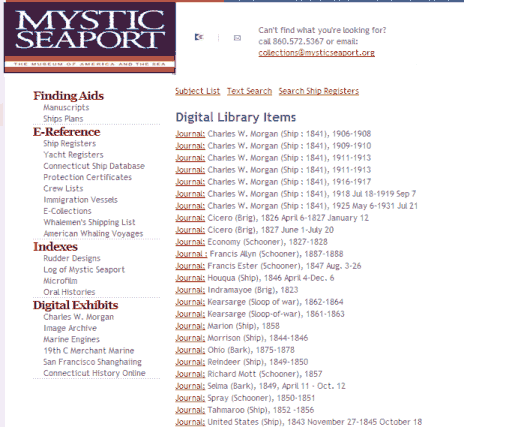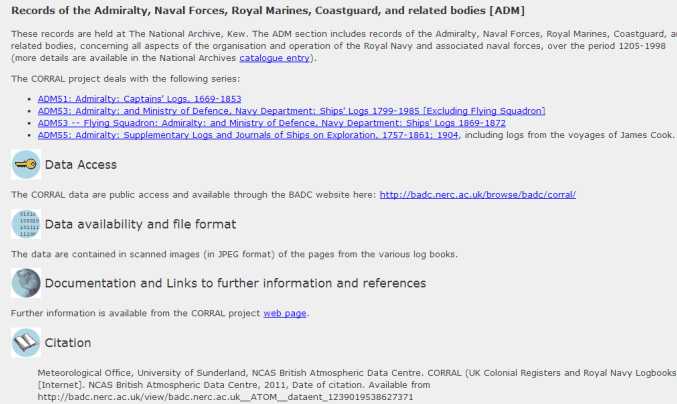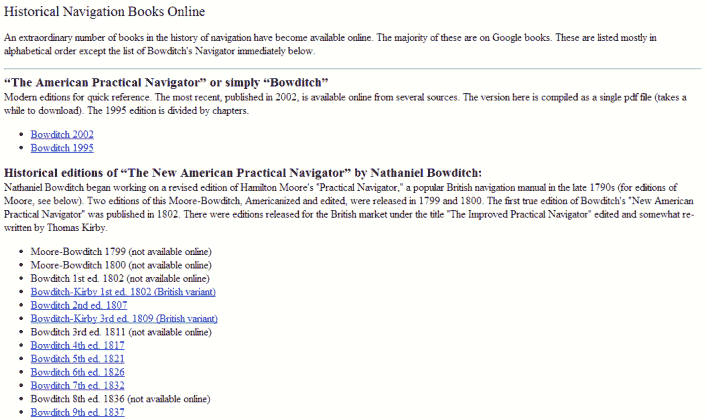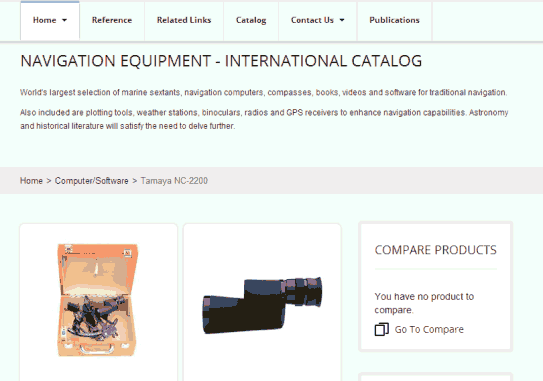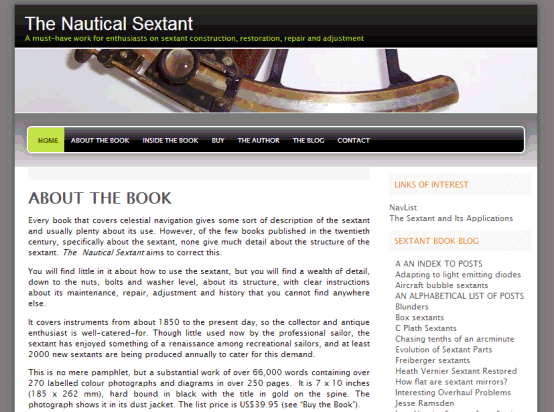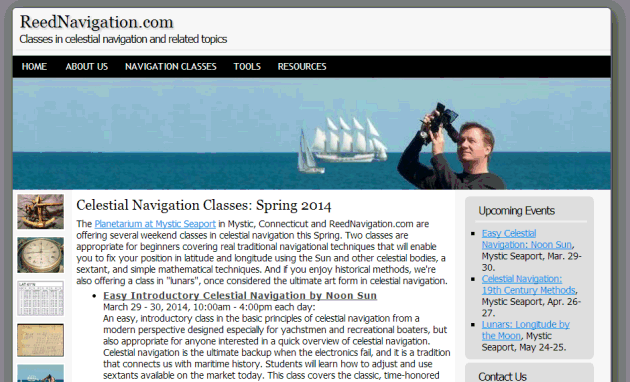
NavList:
A Community Devoted to the Preservation and Practice of Celestial Navigation and Other Methods of Traditional Wayfinding
From: Frank Reed
Date: 2021 Sep 28, 12:41 -0700
I spent some years investigating methods for zero-ing out (or measuring) index error in good-quality, metal sextants. The Sun-Sun method is excellent. Jupiter on Jupiter is also very good. Tests with fainter stars (magnitude 3 or fainter) can also be effective. The standard horizon test is also still valuable, but it's unusually difficult if your sextant has a whole horizon mirror, and I don't recommend it in that case.
Inland observers should also try contrails. Nearly all aircraft contrails form when jets are flying quite high, generally above 25,000 feet, and that's plenty far enough to count as "infinite" distance for an index error adjustment. You can use a contrail just like the sea horizon, but since it has two edges, a contrail can actually produce better results, especially with a whole horizon mirror.
I have used two tabletop methods, as well.
One tabletop option requires a rather long hallway or a large outdoor space (a definite inconvenience). Place your sextant on its side set to 0°00.0'. Aim a laser pointer into the optics from a point that would normally be occupied by the telescope. Two beams will emerge -- one direct through the horizon glass, the second double-reflected from the index mirror. Those beams will be exactly parallel if the sextant has zero index error. You can judge parallelism by checking the distance between the beam points at a distance, let's say 34 meters out, and comparing with the distance close to the sextant. If the distance between the beams changes by 1 mm, then the sextant has an index error of 0.1'. Other values are in direct proportion so 5mm change in parallelism is 0.5' of index error. This works, but it can difficult to locate a laser pointer with a "clean" beam at distance.
Another tabletop option requires a spotting scope (e.g. a "birdwatching" telescope) with a magnification of 20-40x (I like 25x but it's not critical). You also need a distant vertical target like utility pole or a lighthouse. Place your sextant on a table on its side. Remove the scope. You may want place a simple cardboard baffle around the horizon mirror to ensure that you're not looking around it. Place the spotting scope on a tripod such that it is inline with the normal position of the sextant scope (just approximately). Now look at the distant vertical target which will serve as a surrogate horizon since the sextant is on its side. Gently adjust the micrometer. You will see every tenth of a minute of arc change clearly, and you will be able to zero out your index error exactly. This method works great! You can get repeatable, exact zero-ing or measurement right down to the last tenth of a minutes of arc. On a good metal sextant this adjustment is long-lasting and should remain stable for an observing season.
Plastic sextants do not benefit from any of this fine work, and they should be adjusted before each and every sight in the usual manner, typically by looking at the horizon. Just eliminate the index error before each sight. The books complain that you will damage your sextant if you do this every time. But nearly all of the books were written in an era when a sextant might have been used for multiple sights daily, each and every day, for years. Even an enthusiastic sextant fan will rarely see 10% of that level of use today. By the way, zero-ing out index error before every sight is not new advice. It was normal practice on wooden octants/quadrants in the 18th and 19th centuries, and they typically were equipped with large, easily-turned knobs on the back of the horizon mirror for the purpose. A modern plastic sextant is similar in use and quality, both optical and physical, to those traditional octants.
Frank Reed

